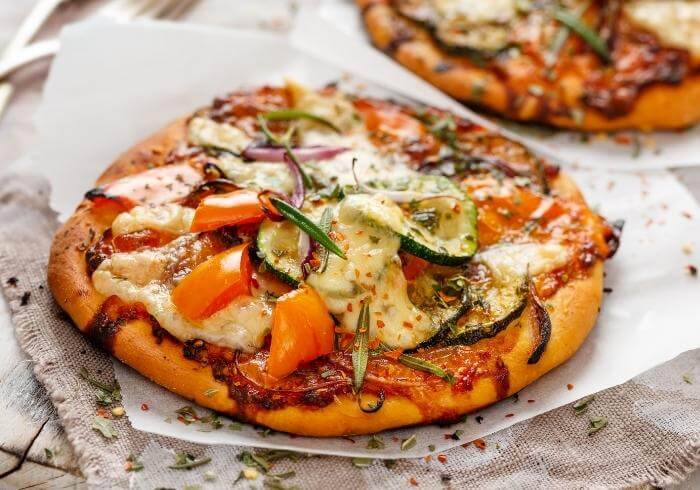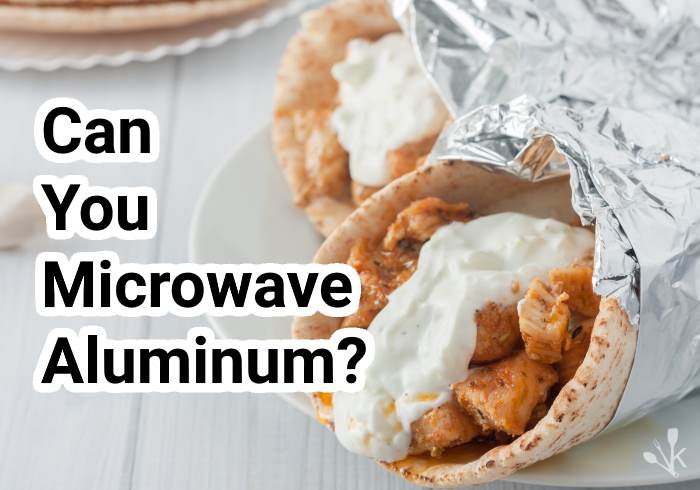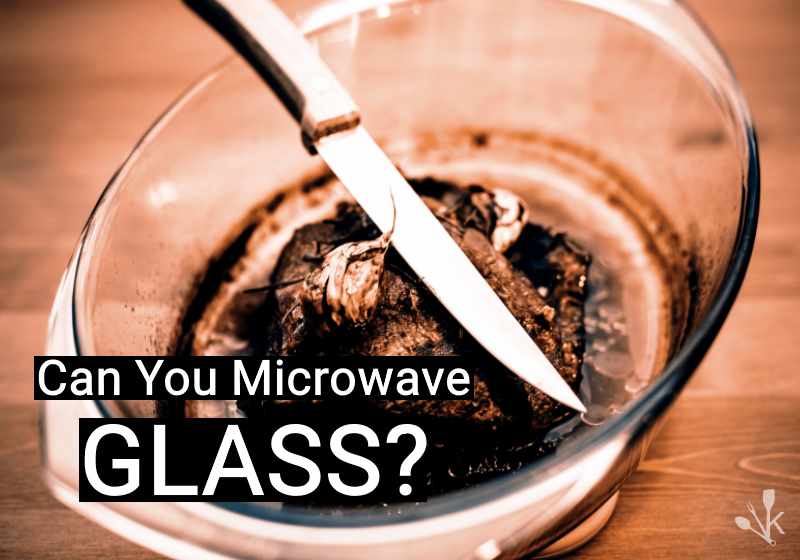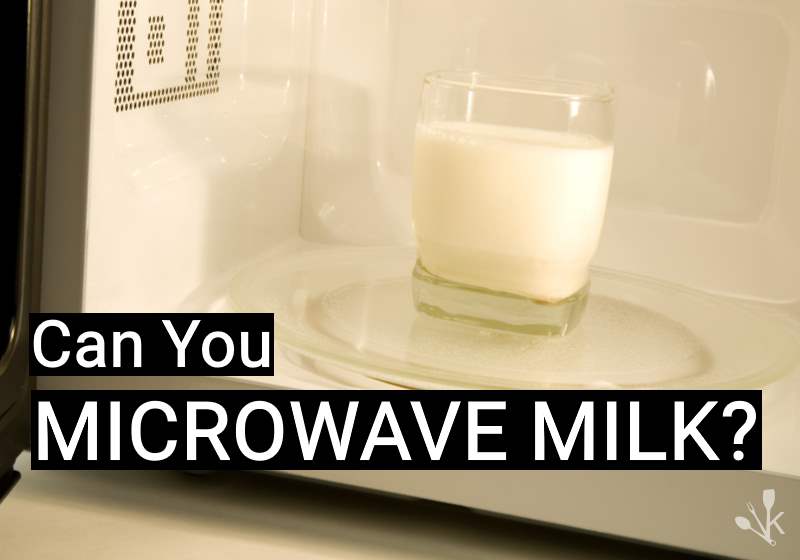It would save a lot of time to be able to reheat restaurant food without taking it out of the takeout box or disposable cardboard container it came in. But can you really microwave cardboard?
Cardboard seems like a pretty safe bet to put in the microwave, but there are ways in which it can go wrong.
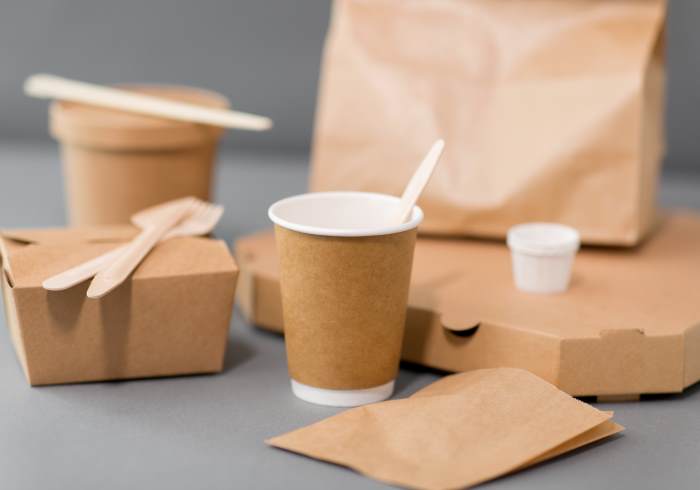
There are many kinds of cardboard and even more cardboard products. In this article, we’ll tell you how to tell which cardboards are safe to microwave and which may be problematic. We’ll also share with you some safety tips and things to watch out for.
Is Cardboard Microwave Safe?
The cardboard you’re most likely to find around your food is generally either paperboard or corrugated fiberboard.
These building blocks can be made into all kinds of food transportation and storage items, including:
- Pizza boxes
- Takeout containers
- Cereal boxes
- Disposable cups
- Recyclable bowls
- Eco-friendly food trays
- Disposable food packages
Related | Can You Put Paper Plates In The Microwave
All these cardboard products have one basic similarity: Like paper, they start their life as a tree. The tree gets processed into wood pulp, and then the cellulose fibers in the pulp are separated and turned into pizza boxes, takeout containers, etc.
Cardboard, like the wood it comes from, is notorious for its flammability. At first glance, it seems like microwaving something that can catch fire so easily is a great way to end up in hot water.
Be careful not to use the wrong setting on your microwave toaster oven combo. The toast function will certainly cause your cardboard container to combust and start a fire.
But microwave magic heats things up differently than your average fire.
Microwave ovens create electromagnetic waves at a specific frequency somewhere between high-frequency radio waves and infrared radiation.
Molecules of water, sugar, and fat absorb those waves easily. Metals reflect them, and they tend to pass right through other materials like plastic, glass, and most papers.
When the water, sugars, and fats in your food or drink absorb these waves, their molecules begin to vibrate. This generates heat in those molecules, which is quickly passed on to other nearby molecules, making your food toasty and your drink piping hot.
Cardboard also contains water molecules. Most kinds of cardboard have a moisture content of around 9 to 12%. When you microwave cardboard, that moisture can heat up and evaporate, passing the heat on to other nearby cardboard molecules.
Microwaves tend to do everything quickly, and this process is no exception.
Your cardboard’s moisture content can drop to 1% or lower faster than you think. When that happens, the cardboard will become as dry as tinder. If you leave it for too long, it can catch fire.
This isn’t usually a problem if you microwave cardboard for a short time together with plenty of food or drink. Food will absorb most of the microwave’s energy and keep your cardboard from drying out.
Microwaving cardboard by itself, however, can be dangerous. If you allow the tiny bit of moisture in the cardboard to heat up and dry out for long enough, you can end up with a steam explosion on your hands.
How To Tell if Cardboard Is Microwave Safe
Cardboard containers and packages made out of just wood fiber and nothing else are generally safe to microwave as long as there’s food or liquid inside. What you have to look out for is cardboard with hazardous trace materials.
Many cardboard products are made out of recycled materials. Besides wood fiber, recycled cardboard can contain tiny quantities of metal or non-microwavable chemicals.
If you have a cardboard box with trace amounts of metal, you shouldn’t put it in the microwave. Although it may be safe to put certain kinds of metal in the microwave, specifically large, wide and flat pieces, small pieces of metal can absorb electromagnetic waves and catch fire.
Besides metal, some other iffy materials to keep an eye out for include glue, ink and waxy coating.
Many cardboards come with a waxy surface coating that can bleed chemicals if you leave it in the microwave for too long. Some kinds of glue used to hold cardboard boxes together can produce toxic fumes when heated. Even certain kinds of ink used in labeling can melt into your food if you aren’t careful.
The best way to tell if a specific cardboard product is microwave safe is to check its label. Most cardboard used around food will come with a logo that tells you it’s been tested safe for microwave use.
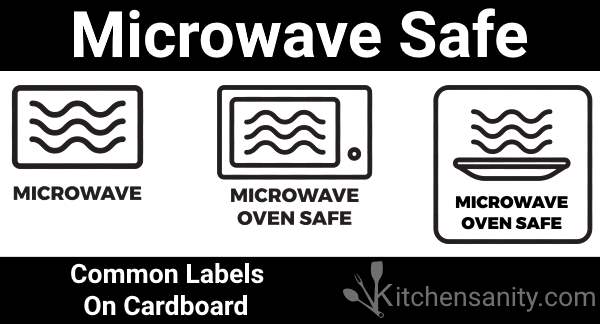
There are a few different logos used, but they’ll generally picture a series of wavy lines with an optional box around them meant to represent a microwave.
We recommend not microwaving cardboard products with no microwave-safe label. Although it’s only a small risk, we think it’s important to be aware of and try to avoid even small risks.
When You Shouldn’t Microwave Cardboard
Be especially careful with cardboard containers that have any kind of smooth coating on the surface. Milk boxes and other cardboard products designed to hold liquid often come with a waxy coating on the inside that waterproofs the cardboard.
Instead of actual wax, this coating is usually made of polyethylene or other thin plastic. Some kinds of polyethylene are safe to microwave, and other kinds will warp in heat and eventually melt.
Your body wasn’t made to digest plastic, even small amounts, and very few recipes call for polyethylene-flavored milk.
We strongly recommend not microwaving plastic-coated cardboard. If you have a cardboard container that looks suspiciously smooth, scrape your fingernail over the surface and check for plastic residue under your nail.
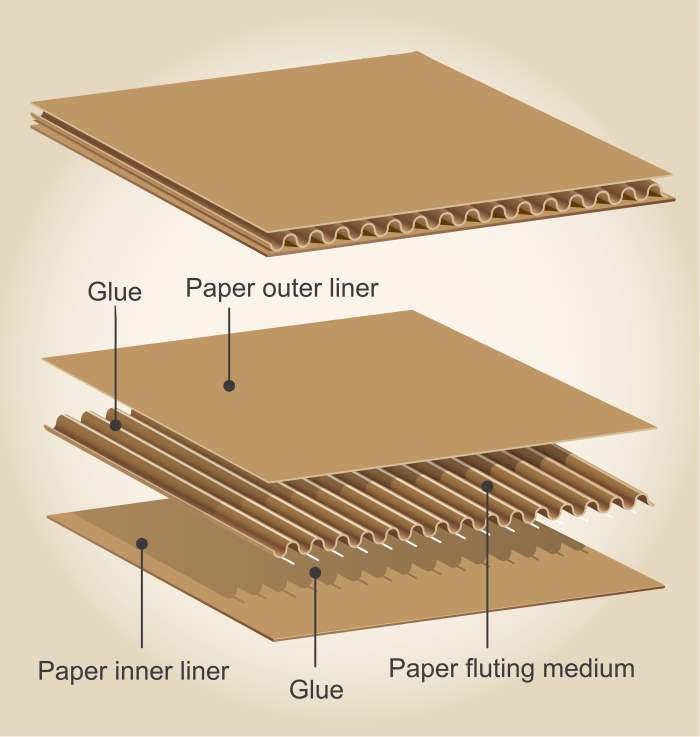
Cardboard packaging often has small amounts of glue holding it together.
Most adhesives used in cardboard food packaging will be microwave safe and non-toxic. Some kinds of glue can melt in the microwave and produce harmful gases or just drip unpleasantly into your takeout.
Super glue is especially dangerous. It can quickly become unstable and give off toxins if you expose it to high heat. We recommend always checking the label of any cardboard product with sticky sides before microwaving.
In an ironic twist, the very ink used to print labels on cardboard can be concerning. While it would take a very absent-minded printer to use non-microwave-safe ink to print a microwave-safe label, older inks can have problematic components.
Ink is mainly water. If you microwave it for long enough, it can reach its boiling point and evaporate a little into the air. Some older inks contain compounds like phenol, which is slightly acidic and can damage your lungs if you inhale it.
Check for wavy microwave-safe lines in the labeling before microwaving any colorfully printed cardboard boxes.
Don’t microwave cardboard containers with small metal pieces. The worst offenders in this category are pizza boxes that come with metal clasps and Chinese takeout containers with thin metal handles. Remove any metal trinkets adorning your takeout box before it goes in the microwave.
Try to avoid microwaving food in closed cardboard containers.
While the cardboard itself should be fine, the liquids in the food inside will heat up and raise the pressure in the closed container. This can generate a hot cloud of steam that can explode in your face when you open the box.
We recommend using only wide-mouthed cardboard containers to microwave food. If you want to cover the food to keep its moisture in, use a napkin.
Final Thoughts
When you heat foods or liquids in the microwave, their water, fat and sugar molecules begin to vibrate and heat up.
Cardboard contains small amounts of liquid. If that liquid heats up and evaporates in your microwave, the cardboard could eventually dry out and light up.
Cardboard is usually safe to microwave with food or drink, but you should never microwave it by itself.
Always check the labeling to make sure it’s microwave safe, and remove any metal accessories before putting it in the microwave.

